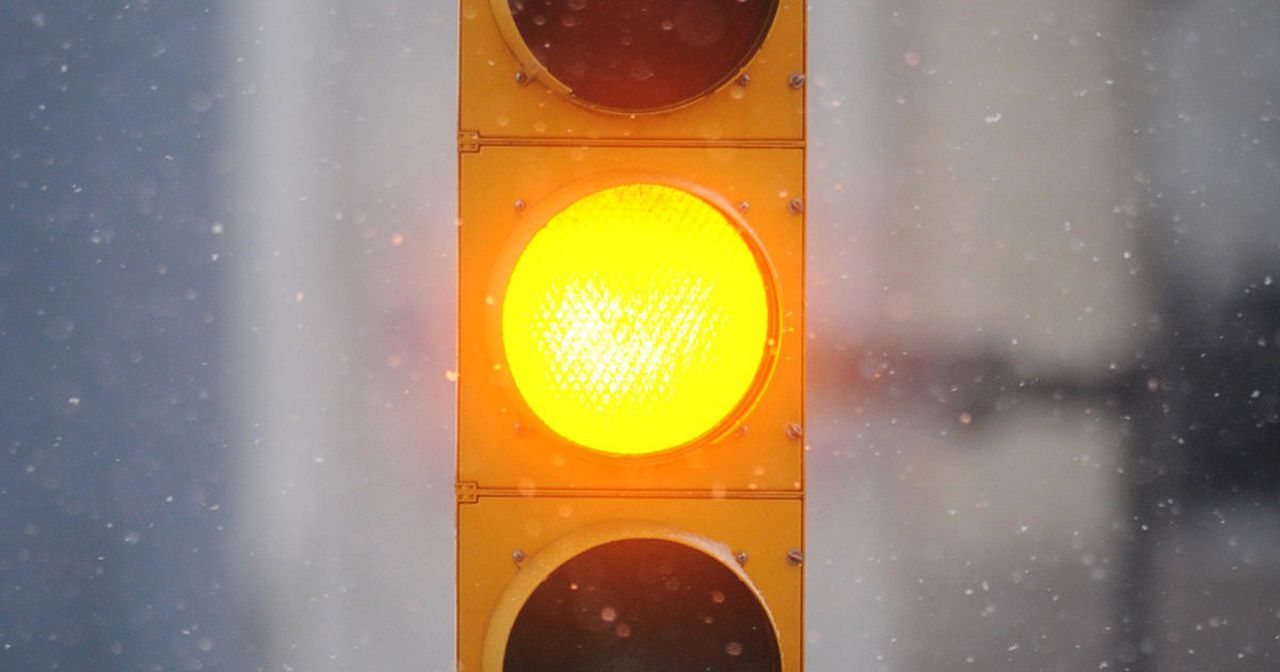Apparently this stuff works - Mike M.
You can feel the difference - Kevin K.
My BP was 157/101... now it is 129/87 - Latasha G.
Seems to work... lowered my numbers by 7% - Scott L.
It is a life saver - Golda C.
I feel better, I have more energy - Alex Y.
My BP went down 10 points in 2 weeks - Lucy W.
I have only been drinking it for 2 weeks and my BP numbers have gone down - Elizabeth S.
Apparently this stuff works - Mike M.
You can feel the difference - Kevin K.
My BP was 157/101... now it is 129/87 - Latasha G.
Seems to work... lowered my numbers by 7% - Scott L.
It is a life saver - Golda C.
I feel better, I have more energy - Alex Y.
My BP went down 10 points in 2 weeks - Lucy W.
I have only been drinking it for 2 weeks and my BP numbers have gone down - Elizabeth S.
Add description, images, menus and links to your mega menu
A column with no settings can be used as a spacer
Link to your collections, sales and even external links
Add up to five columns
Add description, images, menus and links to your mega menu
A column with no settings can be used as a spacer
Link to your collections, sales and even external links
Add up to five columns
Red Light, Green Light... What About Yellow Light? Latest Blood Pressure Guidelines
January 25, 2019 2 min read

In early 2018, the American College of Cardiology and the American Heart Association set new guidelines to define normal, elevated, and high blood pressure:

So what does this mean for me? The bad news is that 46% of American adults now have blood pressure that is not within the normal blood pressure range. The good news is that these guidelines are stricter so that you can easily understand when you’re in serious medical trouble vs. when you’re at an increased risk of being in medical trouble.
According to Dr. Paul K. Whelton, lead author of the new lower blood pressure guidelines, “[Once your blood pressure has reached 130/80,] you’ve already doubled your risk of cardiovascular complications compared to those with a normal level of blood pressure. We want to be straight with people – if you already have a doubling of risk, you need to know about it. It doesn’t mean you need medication, but it’s a yellow light that you need to be lowering your blood pressure, mainly with non-drug approaches.”
Now, how do we implement these “yellow light non-drug approaches” (aka lifestyle changes) with the goal of facilitating our body’s health?
- Use healthy food to nourish ourselves
- Increase our potassium intake from foods, not from supplements
- Decrease our sodium intake
- Manage our weight
- Address our stress with patience and kindness for ourselves
- Include exercise for our circulation, fitness, and emotional expression/stress management
- Stop the use of tobacco products
- Moderate our alcoholic beverage intake
We will address each of these in future issues of The Circulatory. Today let’s focus on the first non-drug approach.
Using food to nourish ourselves
This can help us work on numbers 2, 3 & 4 as well, by assisting us in increasing our potassium, decreasing our sodium and managing our weight, all through nourishing food.
A) It is important to include food in our diet that is naturally high in healthy nitrates, or is high in substances that enhance the body’s ability to convert nitrates to nitric oxide. This is because of nitric oxide’s role in dilating blood vessels, which helps to normalize blood pressure. And what foods are great for this? Beetroot and pomegranate. Not the sodium nitrites in processed meats!
B) It is important to increase your intake of naturally occurring potassium, as well as to help our body hold onto potassium. This is because potassium’s role in helping the body to excrete excess sodium. Potassium also has a role in lessening tension in our blood vessel walls. Both of these actions help to normalize blood pressure. Foods that are high in potassium include hibiscus, fruits, and vegetables.
C) It is important to include foods that contain natural anti-inflammatories. This is because anti-inflammatories help to prevent or lessen inflammation and can help in the prevention of scarring and stiffness of blood vessel walls. This too, can help to normalize blood pressure. Foods that contain natural anti-inflammatories include hibiscus, beetroot, pomegranate, tart cherries, and cranberries. Sensing a theme here?
D) It is hard to overstate the importance of including magnesium in your diet. It’s got an incredible ability to relax blood vessels, which can, help to normalize blood pressure. Foods that are high in magnesium include nuts, seeds, whole grains, dark leafy greens, and some types of fatty fish.
Leave a comment
Comments will be approved before showing up.
Subscribe
Sign up to get the latest on sales, new releases and more …

